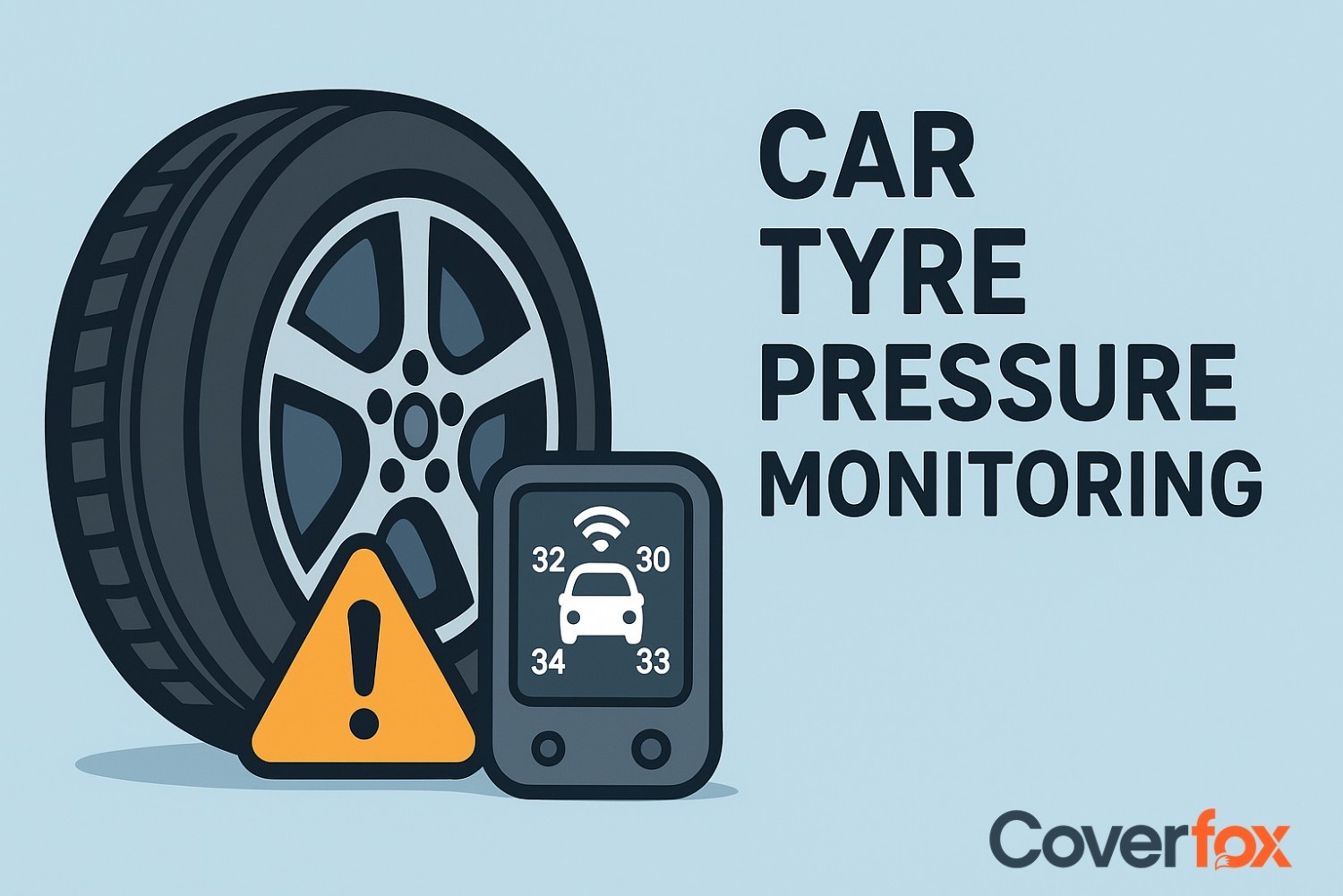Transferring your car insurance policy can seem daunting, but it doesn't have to be. Whether you're selling your car, changing insurance providers, or transferring ownership, understanding the car insurance policy transfer process is crucial.

This comprehensive guide will walk you through the steps of transferring your car insurance, ensuring a smooth transition and continuous coverage.
What Is Car Insurance Transfer?
Car insurance transfer is the process of moving your existing policy from one insurer to another, either at the time of renewal or mid-term. This allows you to switch to a provider offering better coverage, lower premiums, or improved services without losing the benefits of your current policy. The vehicle’s previous claim history and no-claim bonus can usually be carried forward to the new insurer.
Why Is It Important to Transfer Your Car Insurance?
Switching or transferring your car insurance can offer better protection and potential savings. Here are the key reasons why it is important:
Better Coverage Options
Lower Premiums
Retention of No-Claim Bonus
Improved Customer Service
Updated Policy Terms
Moving to a new insurer may provide enhanced benefits, add-ons, or customised plans suited to your needs.
Transferring can help reduce your insurance costs by taking advantage of competitive pricing.
Your accumulated no-claim bonus can usually be carried over to the new policy, maximising savings.
Choosing a more reliable insurer ensures faster claim settlements and smoother policy management.
Switching allows you to opt for policies with more favourable terms, limits, or higher coverage amounts.
Reasons for Transferring a Car Insurance Policy
Before diving into the how-to, let's explore why you might need to transfer your car insurance policy:
Change in Vehicle Usage
Relocation to Another City or State
Better Add-On Options
Policy Renewal Convenience
Financial Stability of Insurer
Coverage Gaps in Existing Policy
If your driving habits or usage (personal vs. commercial) change, a new insurer may offer a policy better suited to your needs.
Some insurers may not operate in your new location, making a transfer necessary.
Switching can give access to specialised add-ons like roadside assistance, zero depreciation cover, or engine protection.
Some insurers offer easier online renewal processes and digital support, making management simpler.
Moving to a financially stronger or more reputable company ensures reliable claim settlements.
If your current policy lacks certain protections, transferring allows you to get comprehensive coverage.
Transferring your policy can often lead to better rates, improved coverage, or simply aligning your insurance with your current needs.
Documents Required for Car Insurance Transfer
To transfer your car insurance to a new insurer, you generally need the following documents:
- Existing Policy Document
- No-Claim Bonus (NCB) Certificate
- Vehicle Registration Certificate (RC)
- Form 28 / Proposal Form
- Previous Claim History
- Identity and Address Proof
- Pollution Under Control (PUC) Certificate
Now, let us understand the process of changing your car insurer:
Step 1: Review Your Current Policy
Before initiating the car insurance policy transfer steps, carefully review your existing policy:
- Check your coverage details and limits
- Note the policy expiration date
- Understand any transfer or cancellation fees
- Review the terms and conditions related to policy transfers
This information will help you make informed decisions and avoid unexpected costs during the transfer process.
Step 2: Notify Your Insurance Provider
Once you've decided to transfer your policy, contact your current insurance company:
- Inform them of your intention to transfer
- Ask about the specific car insurance policy change procedure
- Inquire about any required documentation
- Understand the timeline for the transfer process
Be prepared to provide details such as your policy number, personal information, and the reason for the transfer.
Step 3: Obtain a New Insurance Quote
If you're changing car insurance providers, this step is crucial:
- Research and compare different insurance companies
- Get quotes from multiple providers
- Ensure the new policy offers comparable or better coverage
- Consider factors beyond price, such as customer service and claim processing
Remember, the cheapest option isn't always the best. Look for a balance between cost and quality of coverage.
Step 4: Finalize the Transfer
Once you've chosen your new provider, it's time to finalize the transfer:
- Complete the application process with the new insurer
- Provide all necessary documentation
- Pay any required premiums or fees
- Set a start date for the new policy that aligns with the end of your old policy
Ensure there's no gap in coverage during the transfer to avoid legal issues and financial risks.
Step 5: Update Vehicle Registration
After transferring your insurance, you may need to update your vehicle registration:
- Contact your local Department of Motor Vehicles (DMV)
- Provide proof of your new insurance
- Update your registration documents as required
This step is crucial for maintaining legal compliance and avoiding potential fines.
What happens if the transfer of car insurance is not completed?
If the transfer of your car insurance is not completed, your vehicle may remain uninsured under the new insurer, leaving you without coverage in case of an accident or theft. You could also lose your no-claim bonus and any accumulated benefits from your previous policy. Additionally, driving without valid insurance is illegal and may lead to fines, penalties, or legal consequences.
NOTE: You have to update your RC and notify the RTO of the car insurance change as well.
Tips for a Smooth Transfer
To ensure a seamless transfer of car insurance ownership or provider:
- Start the process early to avoid last-minute rushes
- Keep detailed records of all communications
- Double-check all information for accuracy
- Don't cancel your old policy until the new one is in effect
- Understand the terms of your new policy thoroughly
Bottom Line
Transferring your car insurance policy doesn't have to be complicated. By following these steps and staying organized, you can navigate the process with ease. Remember to start early, compare your options carefully, and ensure continuous coverage throughout the transfer process. With this guide, you're well-equipped to handle your car insurance policy transfer efficiently and effectively.
Explore More:
Motor Insurance Types in India: Choosing the Right Coverage
Should you increase the IDV of your car?
Compulsory and Voluntary Excess in Motor Insurance
Frequently Asked Questions
What does it mean to transfer a car insurance policy?
Ans: Transferring a car insurance policy involves moving your coverage from one vehicle to another, changing insurance providers, or transferring ownership of the policy.
How long does it take to transfer a car insurance policy?
Ans: The process typically takes 1-2 weeks, but it can vary depending on the insurers involved and the complexity of the transfer.
Are there any fees associated with transferring my car insurance policy?
Ans: Some insurers may charge transfer or cancellation fees. Review your policy or ask your insurer about potential costs.
Do I need to cancel my old policy before transferring?
Ans: Generally, you shouldn't cancel your old policy until your new one is in effect to avoid gaps in coverage. Coordinate the end and start dates of your policies.
What documents are needed to transfer a car insurance policy?
Ans: Typically, you'll need your current policy information, vehicle details, driver's license, and possibly proof of address or vehicle ownership. Specific requirements may vary by insurer.
How to transfer a car insurance policy?
Inform your current insurer and the new insurer, fill in all the forms required and submit the required documents to initiate a car insurance transfer.
How do you transfer ownership of an insurance policy?
To transfer ownership of an insurance policy, first change the owner in the RC of the car, then notify the insurer about the change.
Can I delay transferring vehicle insurance after purchasing a second-hand car?
Delaying the transfer of vehicle insurance can lead to loss of NCBs, discontinued coverage, re-inspection of the car and fines if the policy has expired.





